Be strong. Act perfect. Stay silent.
These are all stereotypes that Asian Americans are commonly held to.
While everyone has a unique experience with mental health, studies have shown that Asian Americans are the racial group least likely to seek mental health care. With suicide being a leading cause of death for young Asian Americans, the Asian American community must work to dismantle the roadblocks stopping youth from getting the help they need.
One of these barriers is the stigma surrounding mental disorders that exists in many Asian American communities. Although every family and community is different, the Asian American community too often shies away from getting therapy or addressing mental health issues. However, ignoring the issue accomplishes nothing.
“In my personal experiences of being a child of Indian immigrants, I’ve noticed a cultural disconnect in discussing mental health,” alumna and emeritus Mental Health Awareness Club President Rachel Bhagat said. “Talking about mental health or even about receiving care used to be a very taboo topic, and is still seen as a very ‘American thing.’”
But if no one talks about mental health issues, then it only furthers the stigma surrounding mental illness and encourages others to stay silent as well.
“I’m South Asian and in our community, we don’t talk about so many things, especially being Muslim. It’s a lot more conservative,” senior Kashifa Farooq said. “People aren’t talking about [mental health]. When you don’t talk about it or you feel embarrassed, [people think], ‘Oh, no one else is doing it so I can’t do it.’ That stops them from getting help for themselves.”
If we do not speak up, mental health issues will still persist. We must first recognize that it is good for someone suffering from mental illness to get help. Seeking professional mental health care statistically has concrete benefits. With a combination of different types of treatment, like medication and therapy, between 70% and 80% of patients experience fewer symptoms of mental illness and a better quality of life.
Opening up about mental health can often be a struggle for many first-generation immigrants who still see mental illness as a threat to their families’ reputations. All too often, society inaccurately perceives mental illness, especially in adolescents, as a sign of weakness and poor parenting skills. Furthermore, stereotypes like the model minority myth only reinforce the pressure placed on Asian Americans to be “successful.” But if more Asian Americans start openly sharing their stories and their backgrounds, we can help alleviate some of this stigma and make it more socially acceptable to seek help. While it is never easy to unravel generations of stereotypes and erroneous expectations, talking about the issue more frequently and openly is a good place to start.
“When I started going to therapy, my mom was like, ‘Don’t tell anyone. People look down upon you [and] think it’s bad if you go to therapy.’ But therapy is really a thing to better yourself,” Farooq said. “I can talk about my feelings more openly. [Therapy] teaches you different coping skills and how to deal with anxiety.”
Even as we overcome the stigma towards seeking help, conversations surrounding mental health must acknowledge that therapy is often inaccessible. In America, therapists can be incredibly hard to find and finance. According to the Center for American Progress, one in three Asian Americans diagnosed with depression could not afford care due to high costs.
Furthermore, for minority populations, especially, finding an effective therapist can be even more difficult due to cultural and language barriers. People from different backgrounds may express or cope with mental illnesses in different ways. It can be hard to open up to a therapist who does not have a similar background to one’s self, especially if they have not received cultural competency training. Bhagat, who worked with immigrants and refugees through the International Institute of St. Louis, has noticed this disconnect of understanding between mental health professionals and potential patients.
“In my experiences of working with immigrant and refugee populations in St. Louis, I’ve also noticed that there is little awareness about what mental health is and how to address it. Even when there is awareness, cultural barriers and understanding between mental health specialists — therapists, psychiatrists, physicians [and others] — and patients often creates another barrier/stigma for accessing care,” Bhagat said.
For me personally, therapists — who I have been privileged to see in the first place — often make assumptions about my “strict” family or “perfectionist” personality, stereotypes commonly associated with Chinese Americans. Asian Americans are not a monolith. For example, Southeast Asians are most at risk for depression compared to other groups, while Filipino Americans have the greatest depression rates compared to other ethnic groups. As a society, we need to understand that these differences exist and avoid painting an entire group with a broad brush. Recognizing these differences would allow mental health professionals to create more personalized relationships with Asian American patients and help these patients feel better understood.
When more Asian Americans discuss mental health, it can become easier for others in our community to speak out and seek care. In addition, we must listen to a wider diversity of voices in this conversation. The Asian American label covers a huge range of ethnic groups with completely unique identities. The media often centers their coverage of Asian Americans around certain subgroups, like East Asians, so as the Asian American community discusses mental health, we must accept and promote people with mental health experiences unlike our own. By recognizing these unique experiences, we can help Asian Americans not be seen as a one-dimensional stereotype, but rather individuals with very personal struggles.
But dismantling this stigma should not be a responsibility entirely placed on the Asian American community. Stereotypes propagated by media that have long persisted in society that characterize Asians as a monolithic, perfect group only add to the pressure that many Asian Americans face to stay silent about their mental illness. Ignorance and assumptions on the part of mental health professionals are extremely disheartening for those who do seek out care. Furthermore, financial barriers often make therapy impossible for potential patients in the first place.
This is why we must support policies and programs that help make therapy more accessible. At a district level, this means continuing to provide services like mental health screenings. The district could further its reach to students who may hesitate to opt-in due to social stigmas by making the process standard — not requiring prior signups.
If we as a society can acknowledge the prevalence and impact of mental illness on the Asian American community, we can begin to work to dismantle the cultural and financial barriers that prevent many Asian Americans from seeking proper mental health care.
This story was originally published on Pathfinder on November 10, 2023.



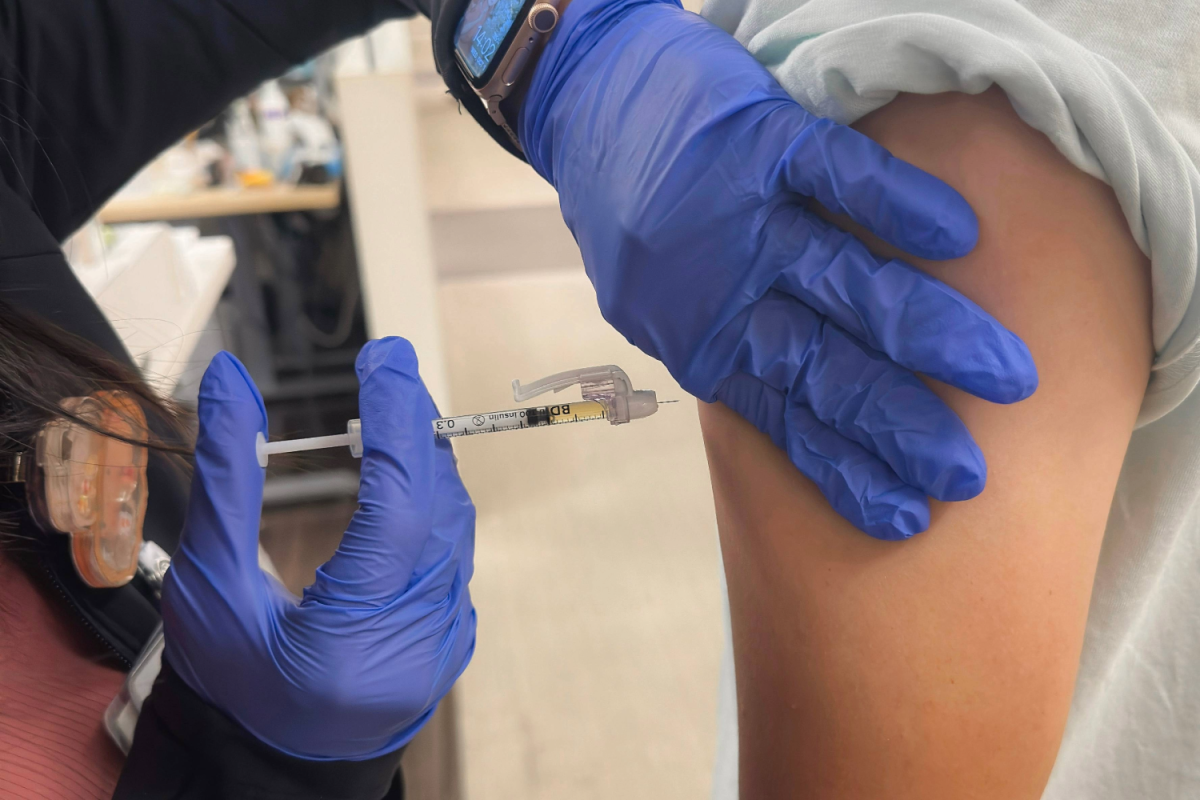

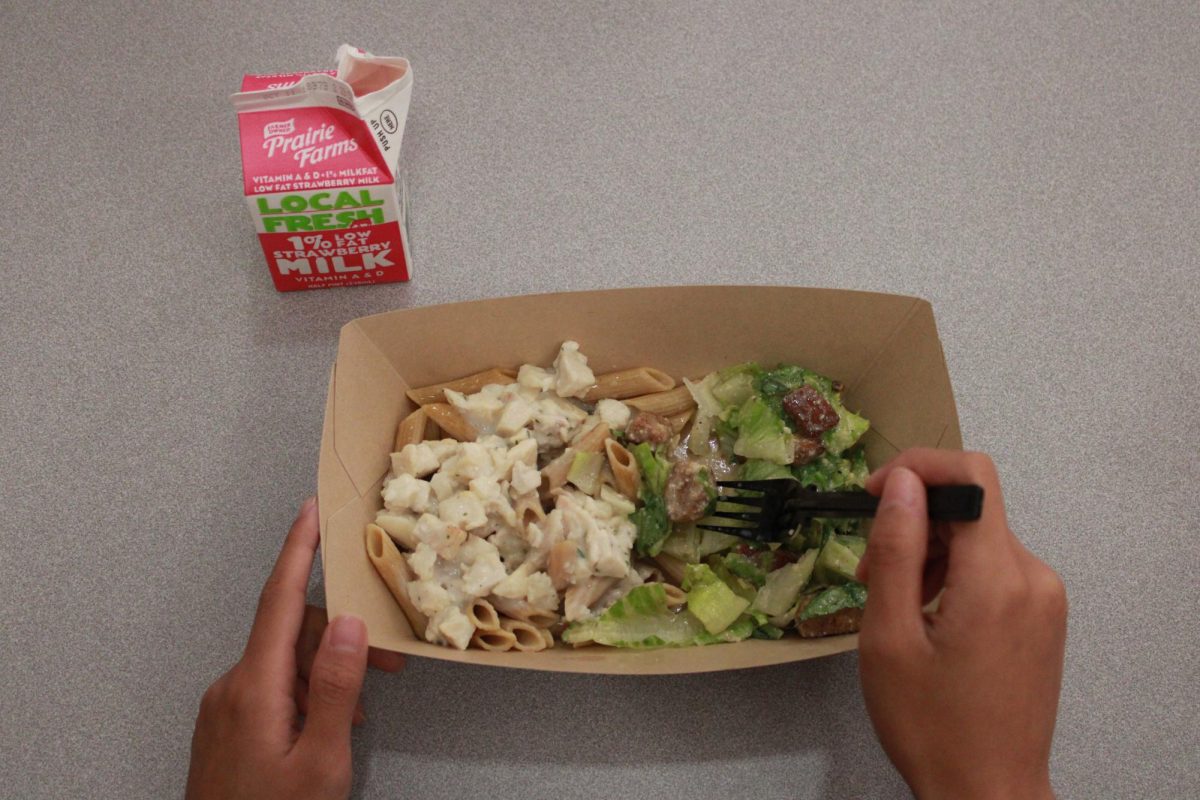
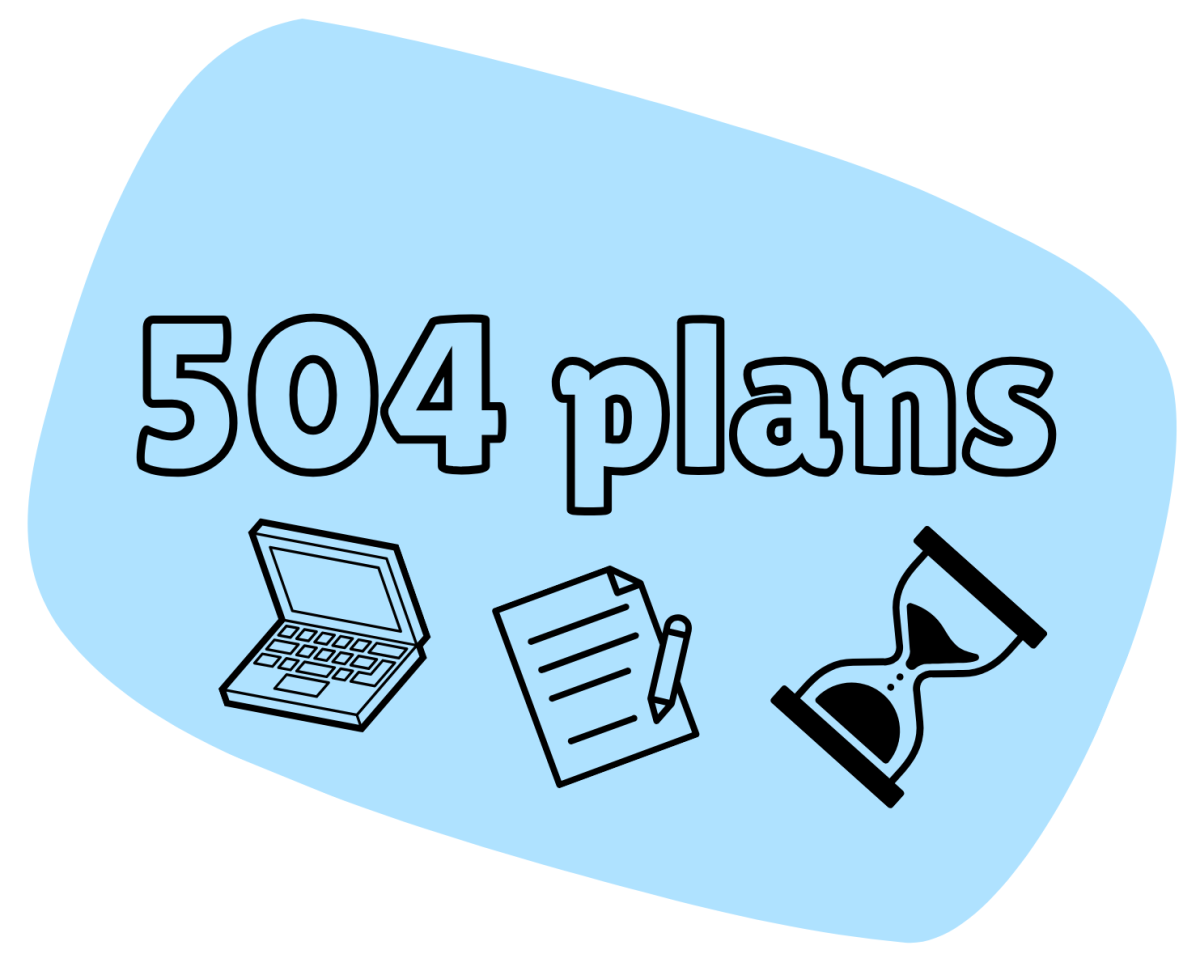
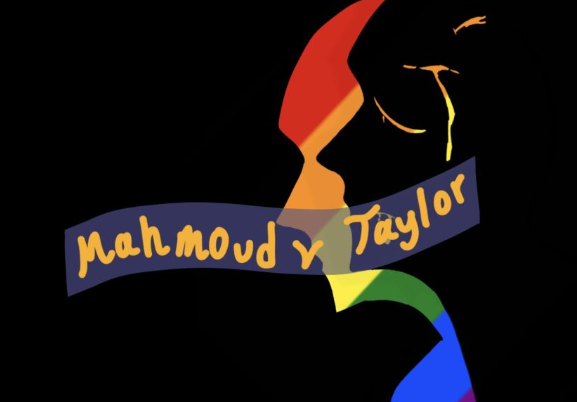

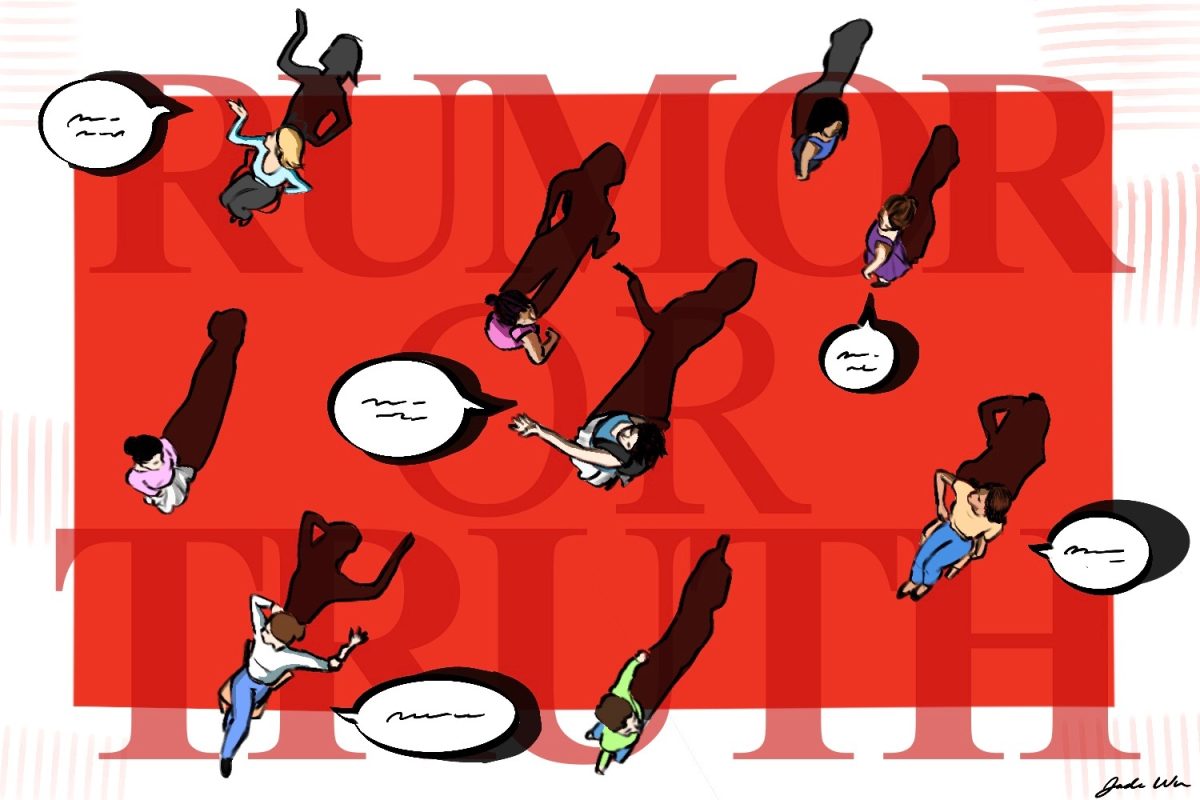
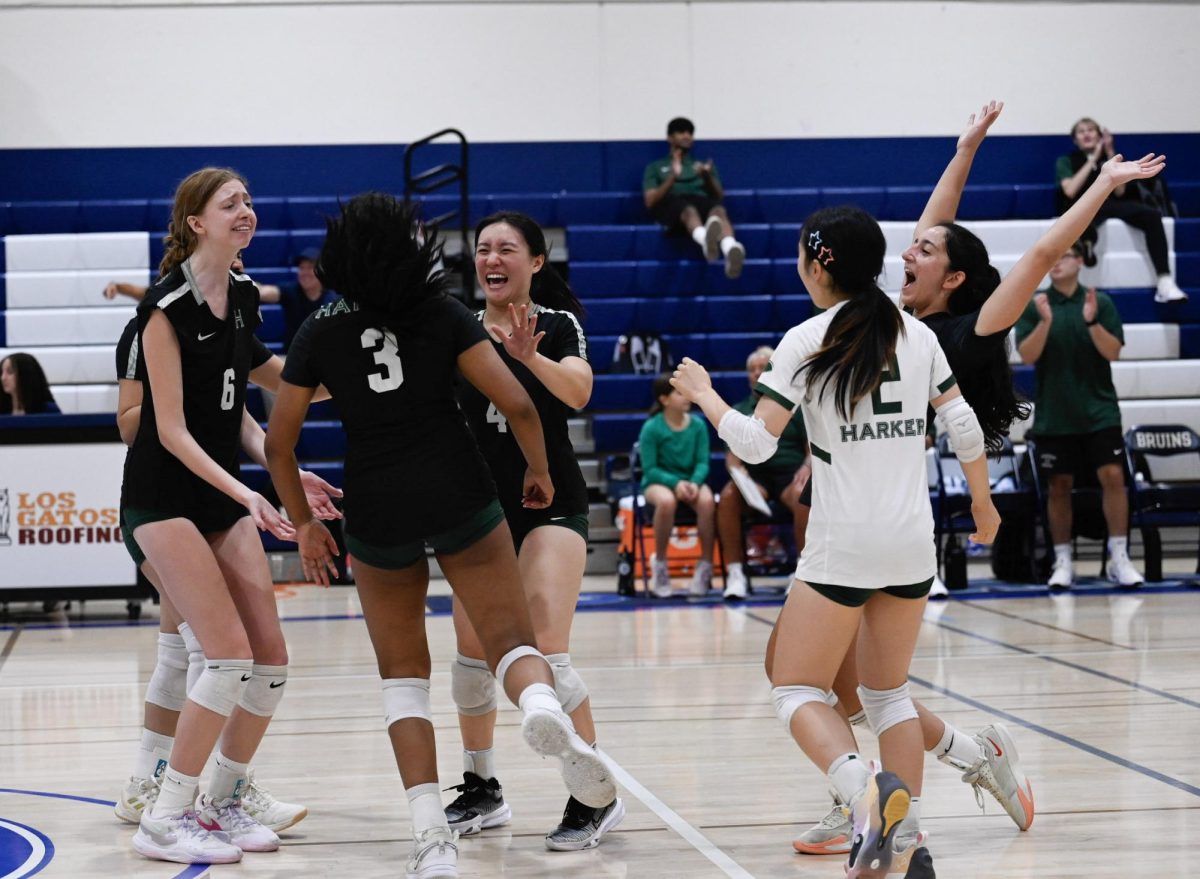

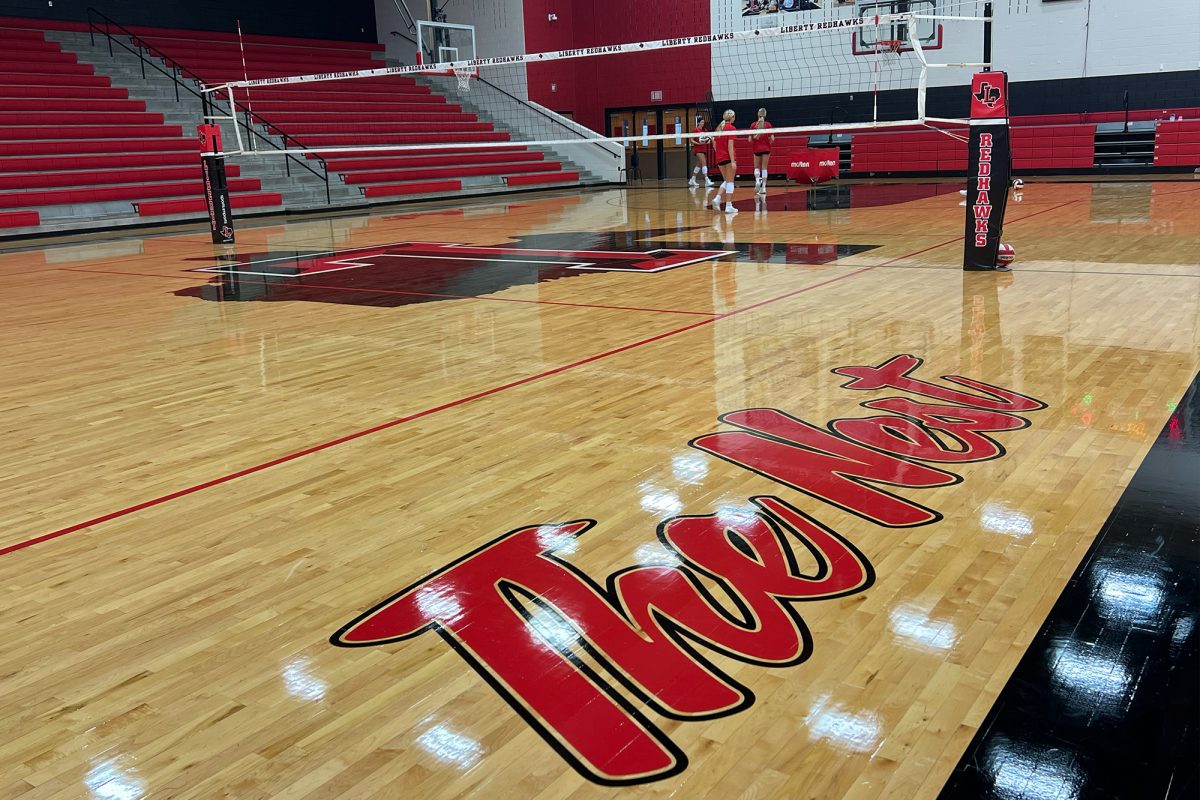
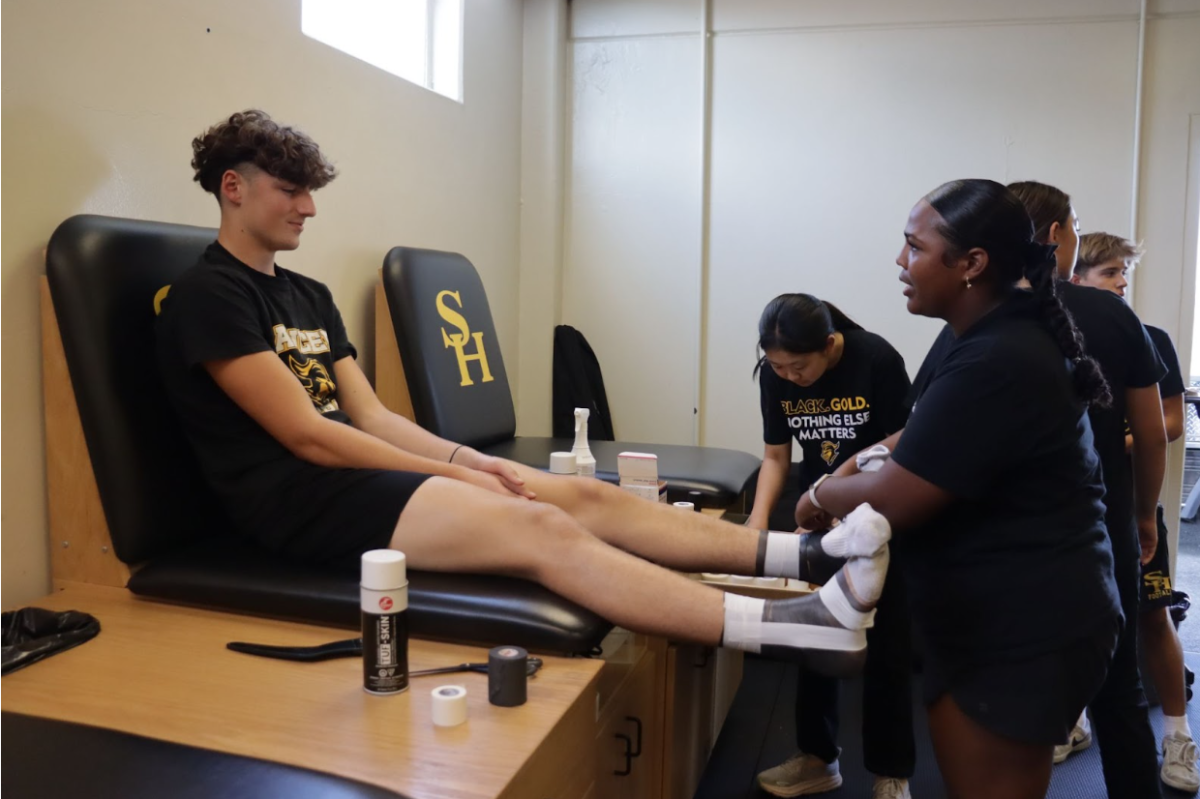
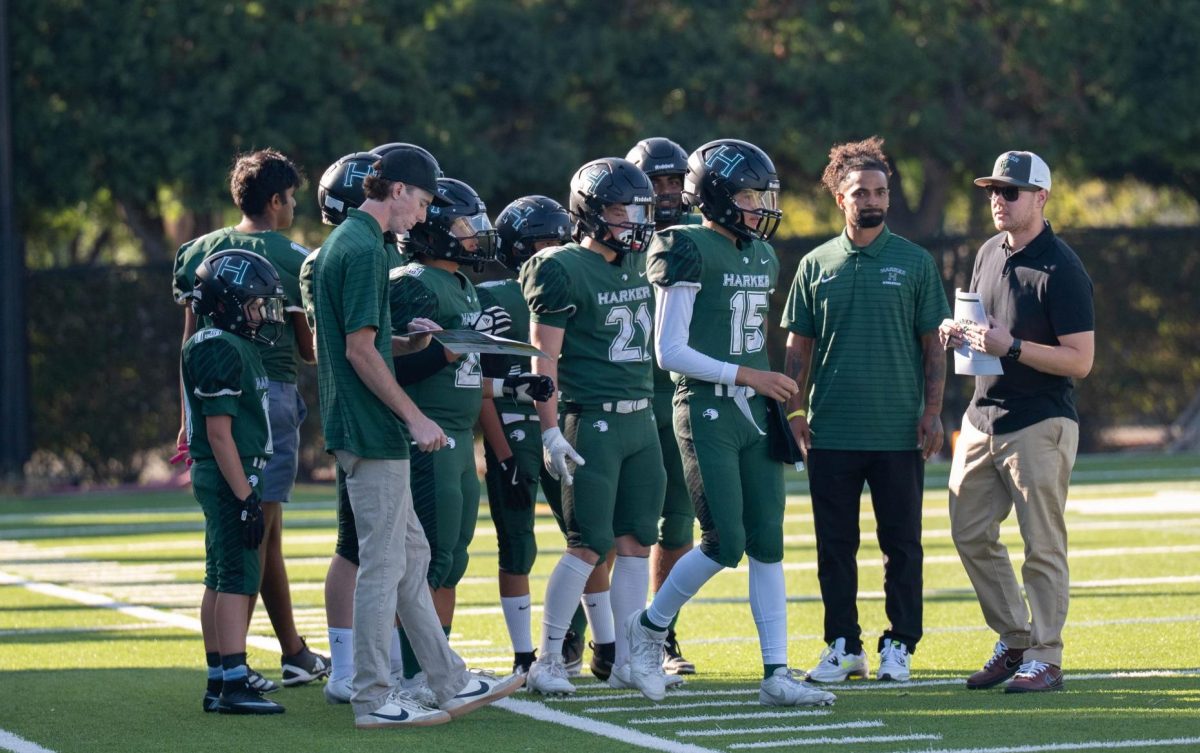


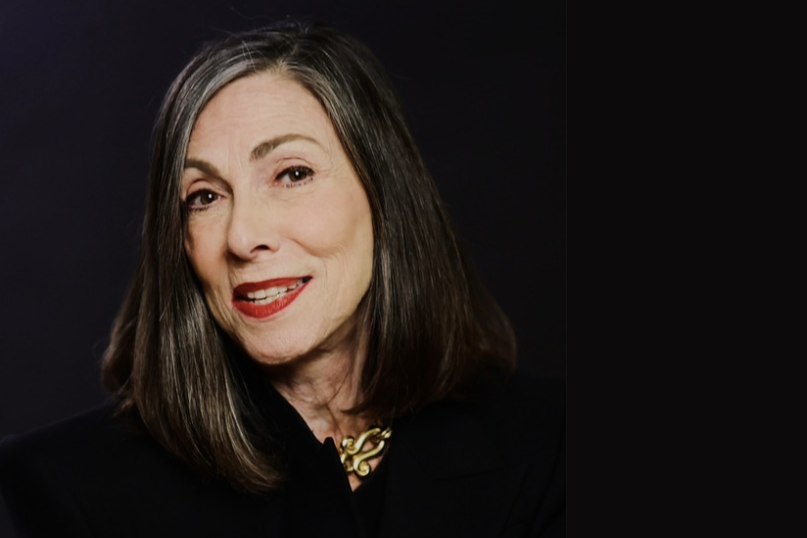
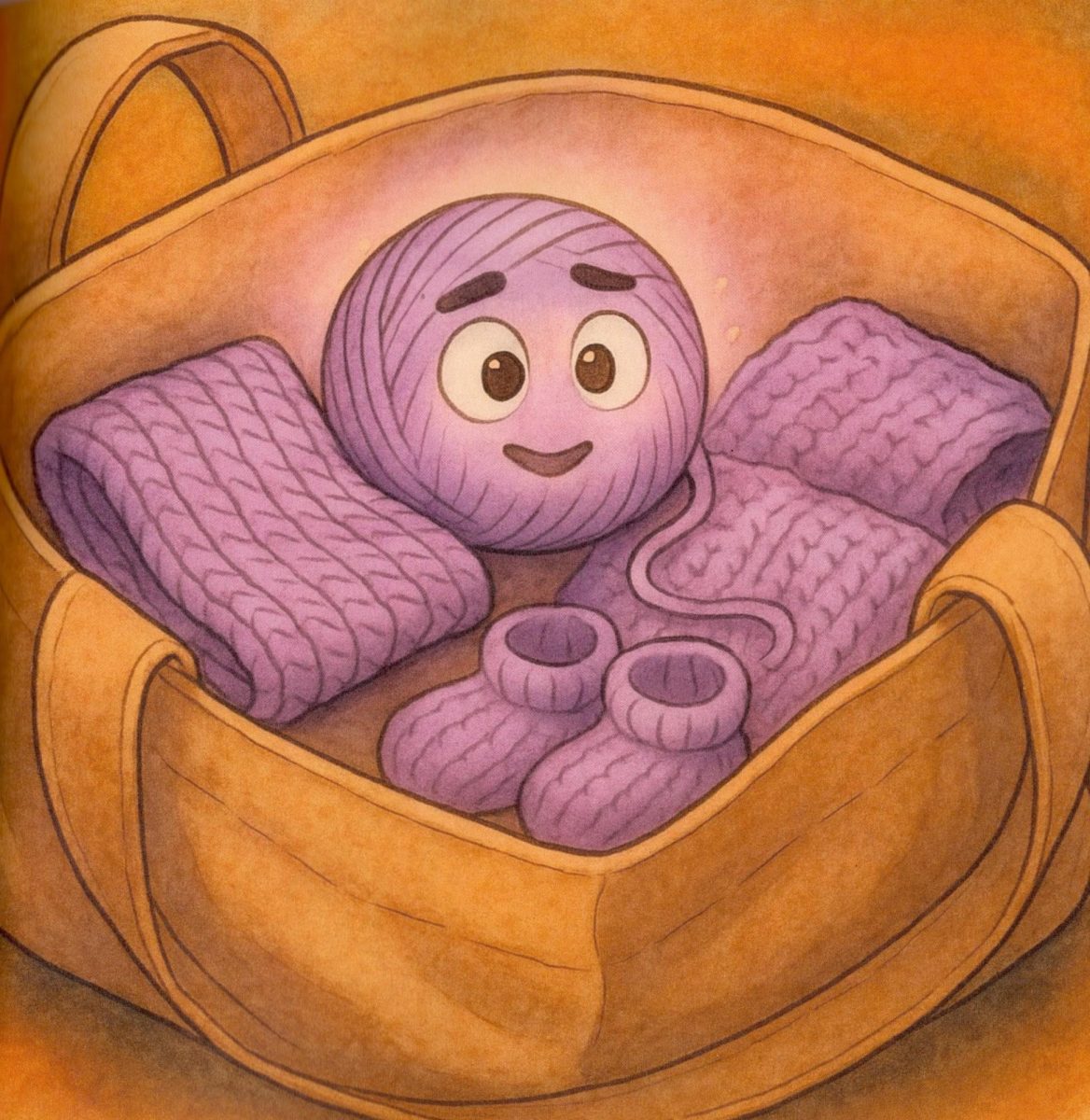
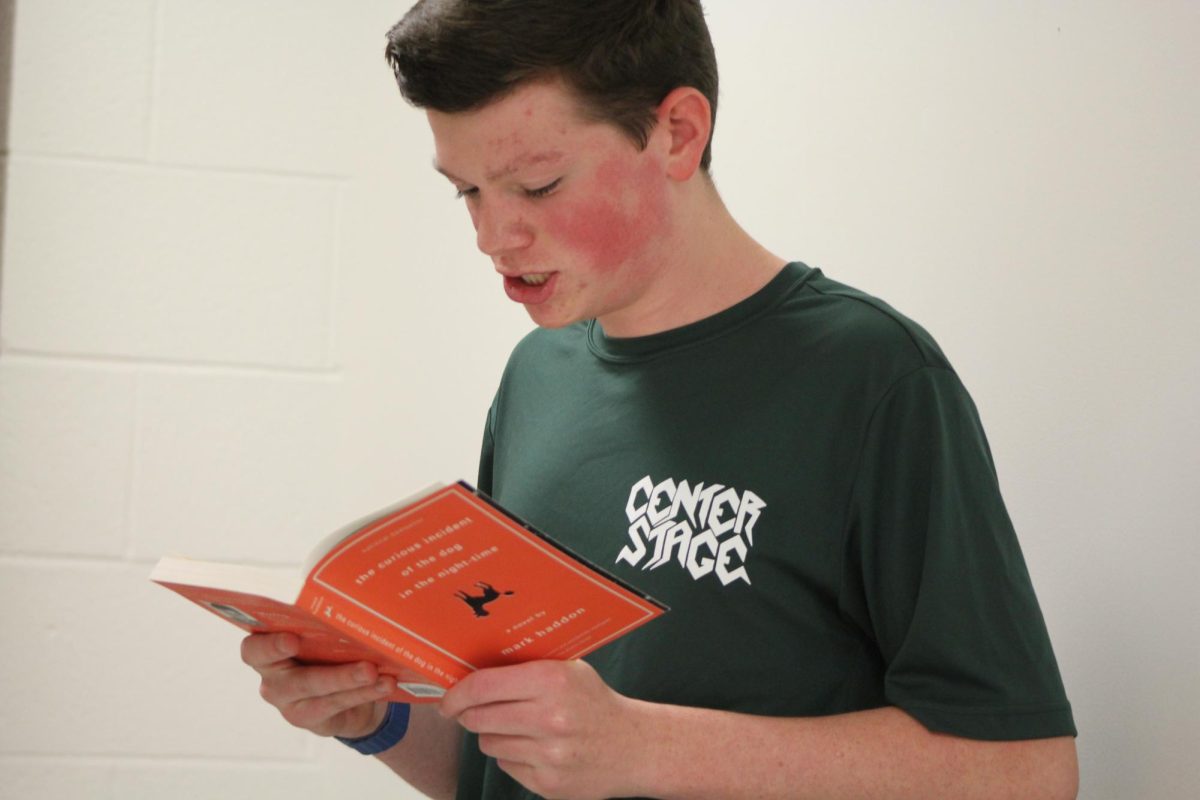
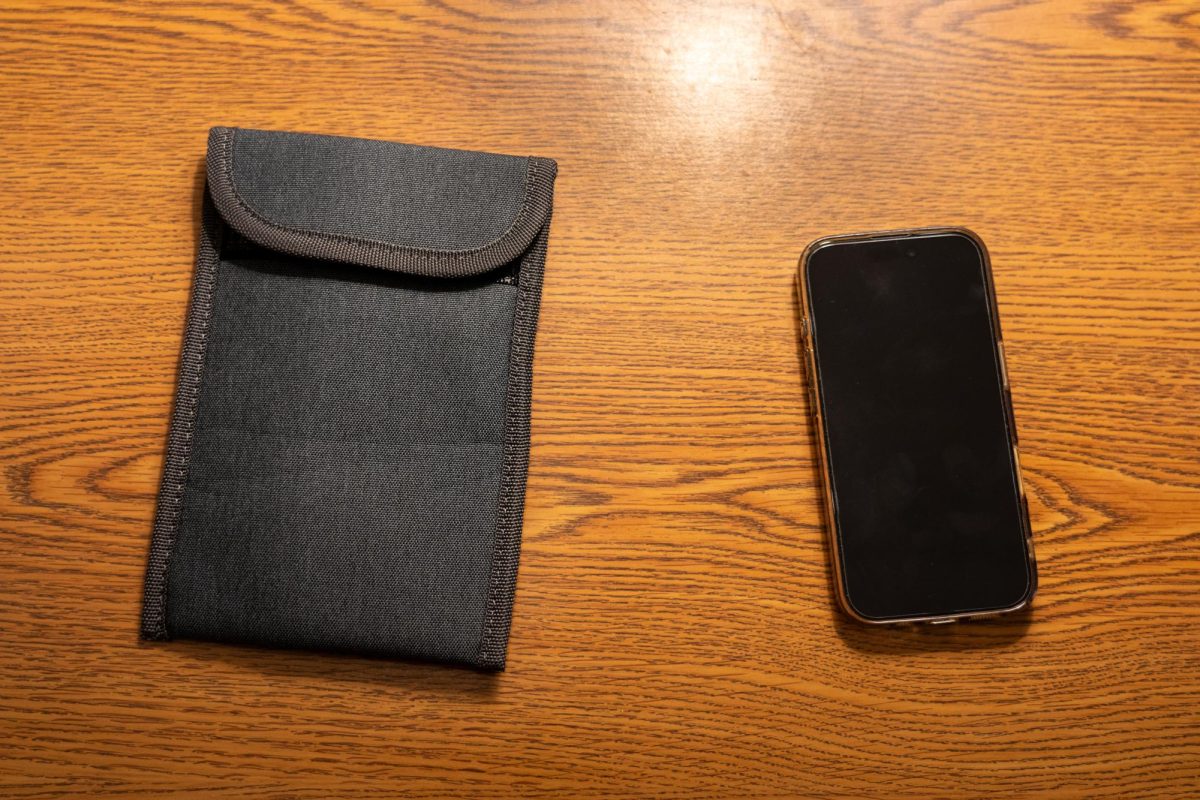

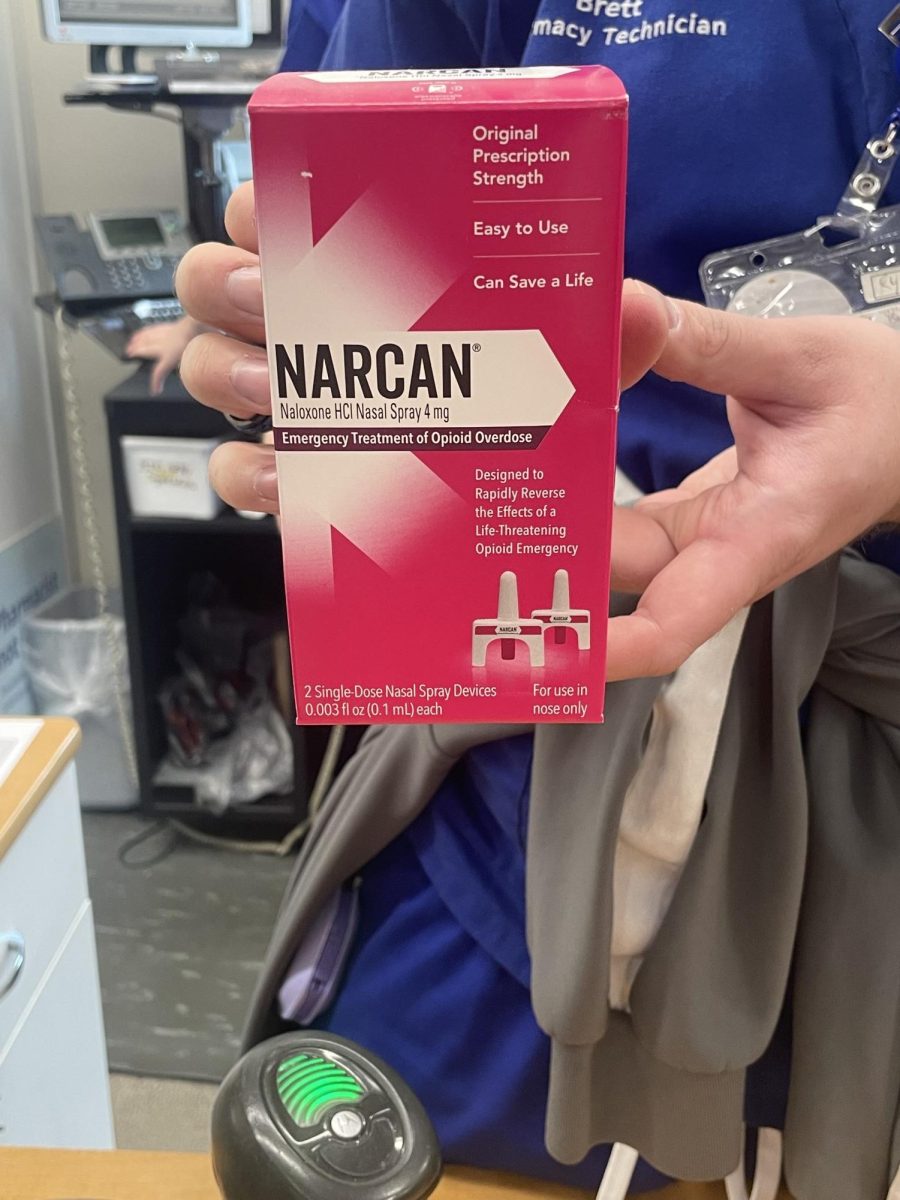
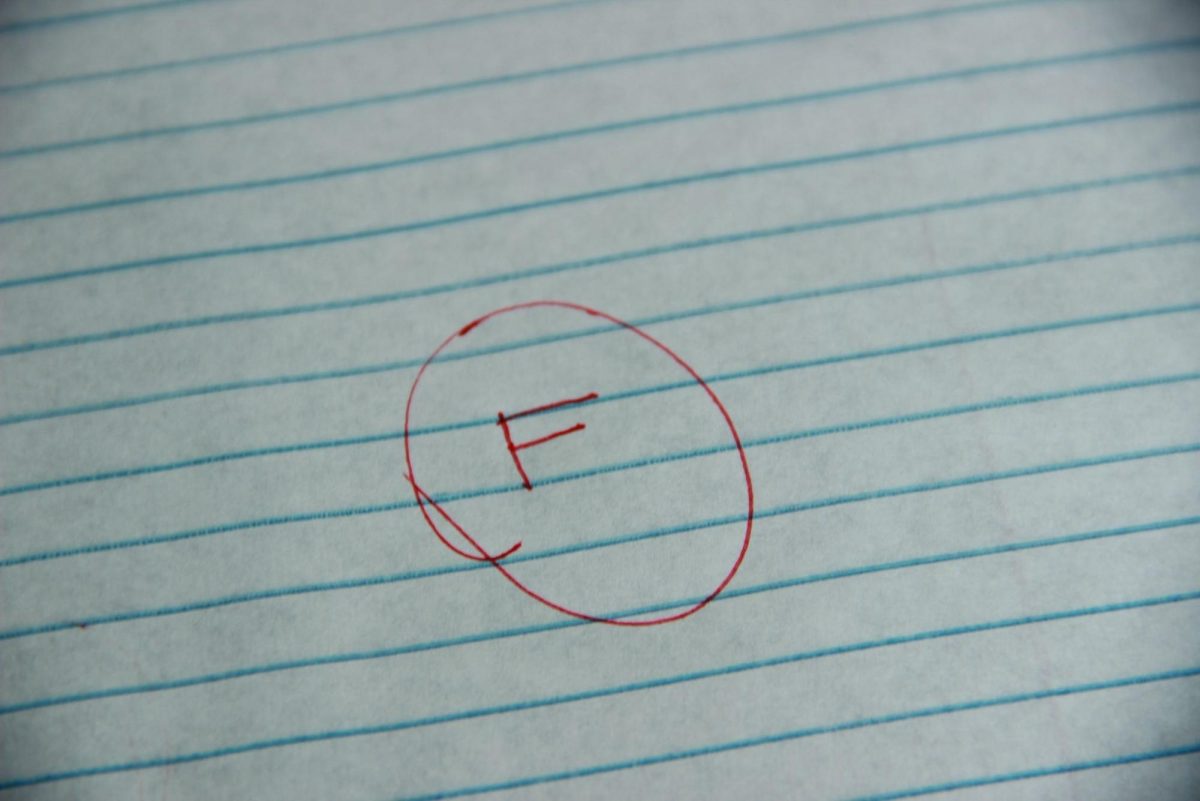
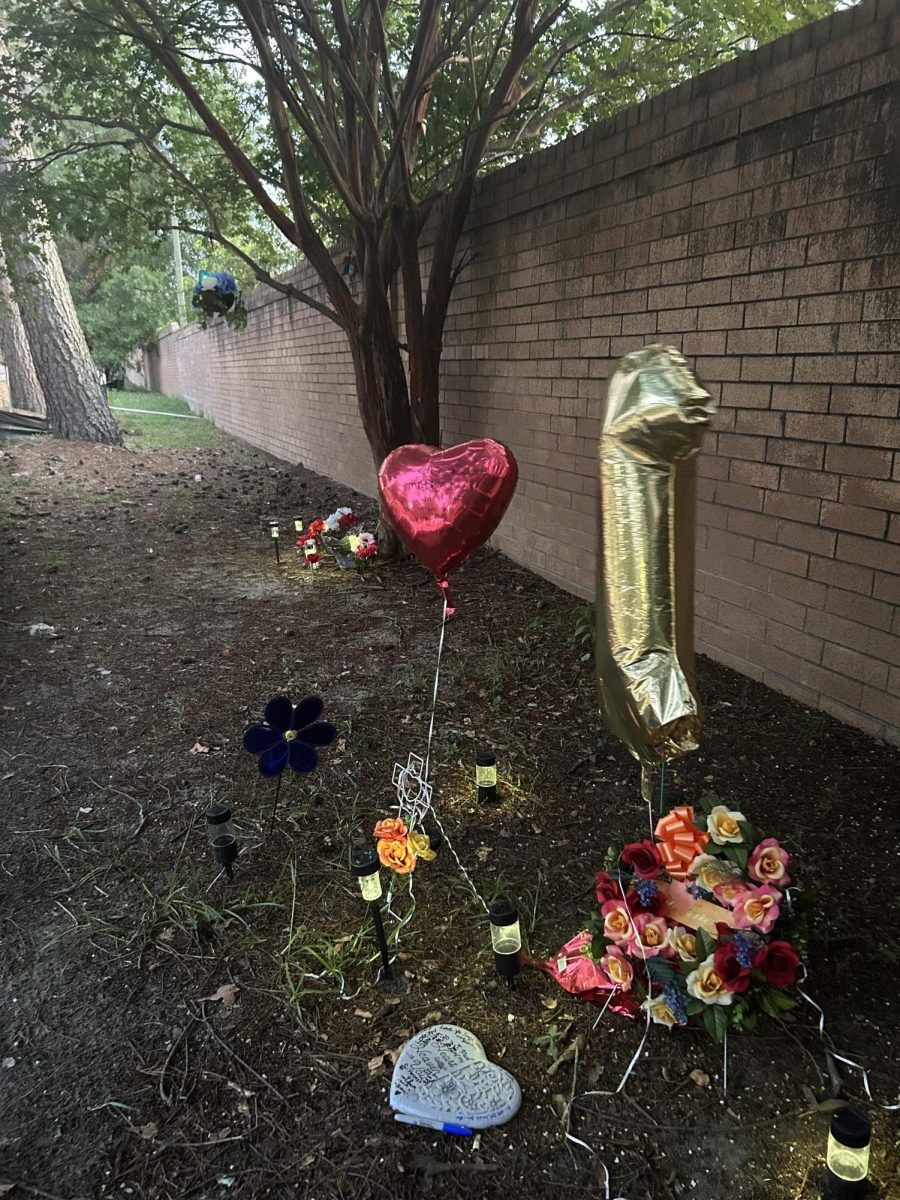
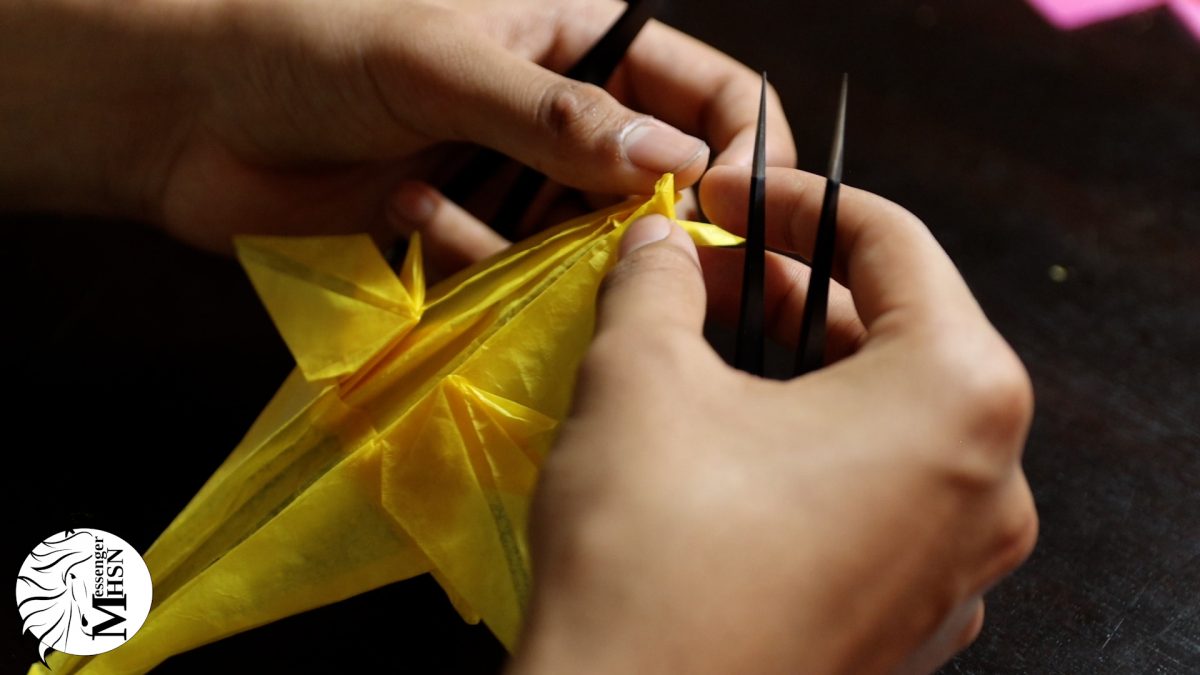




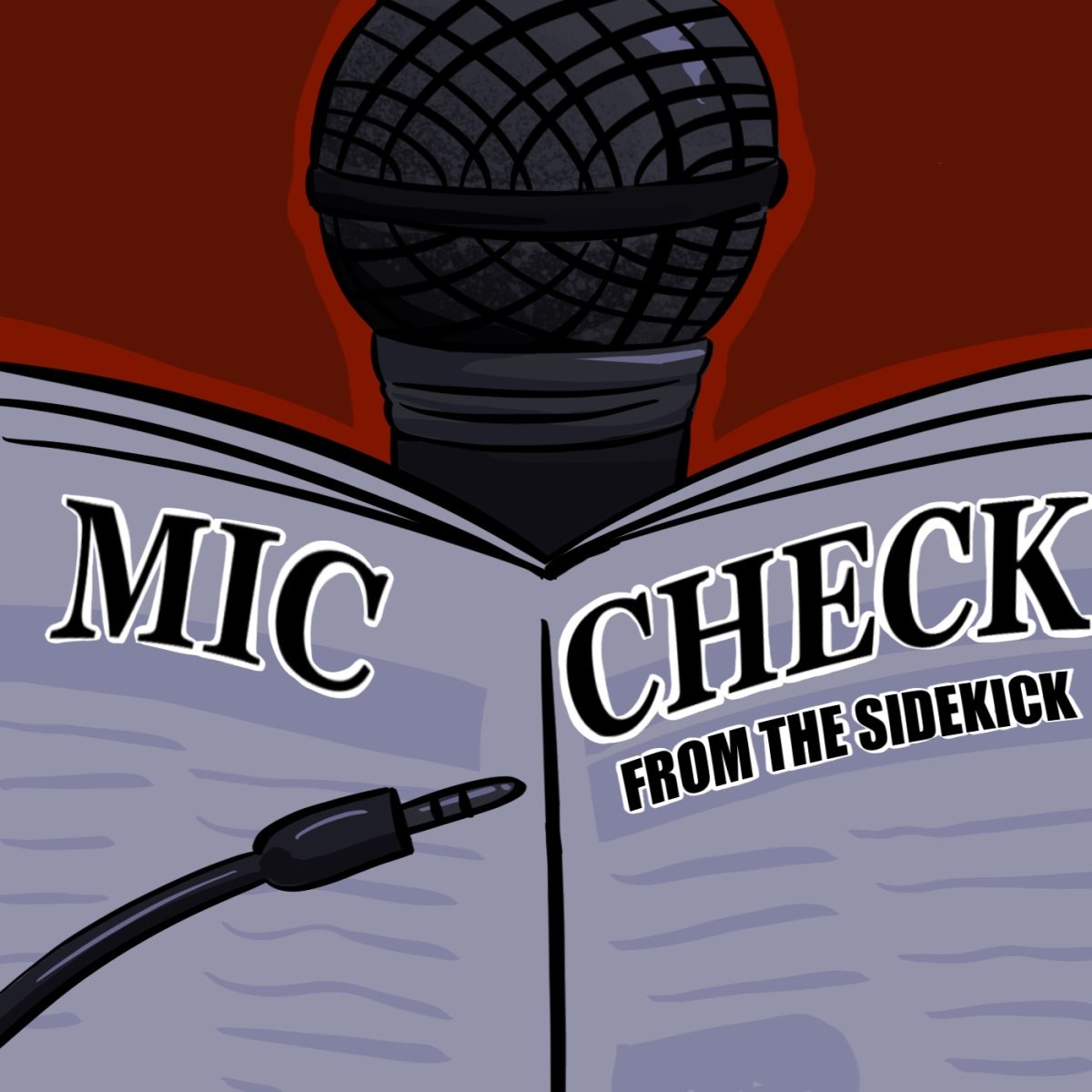

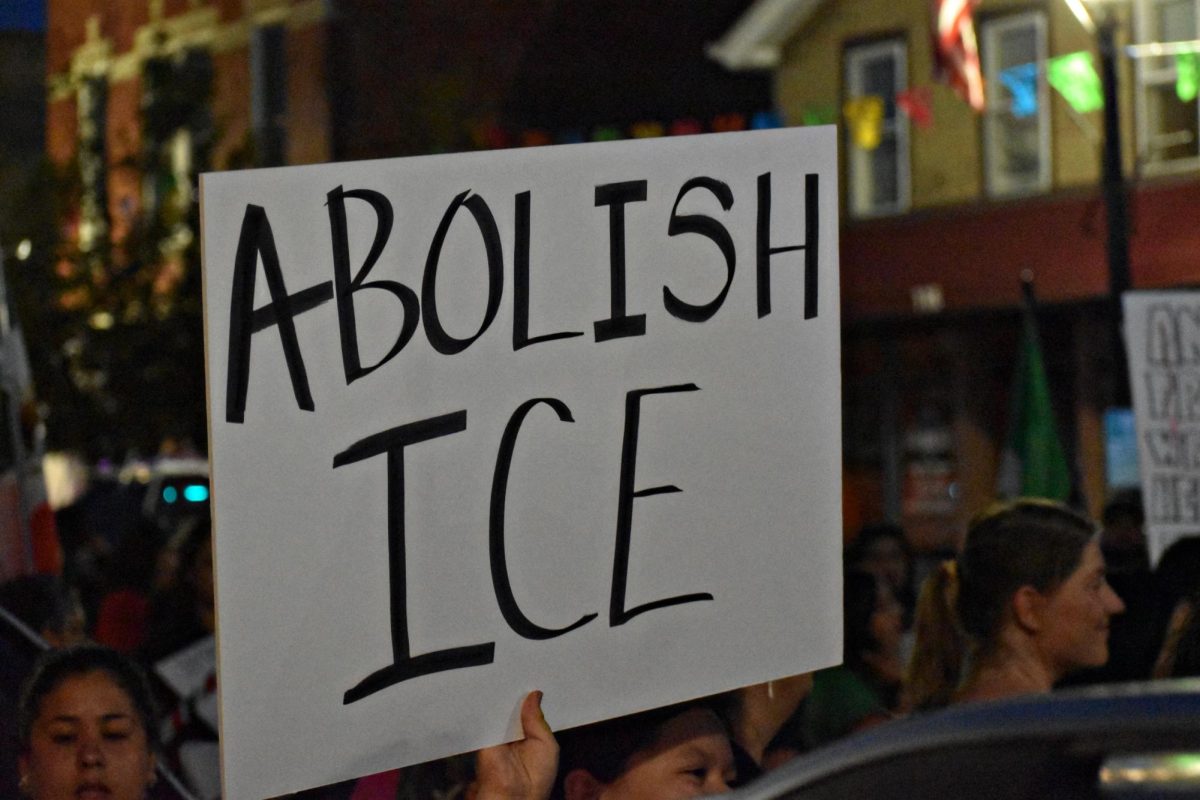
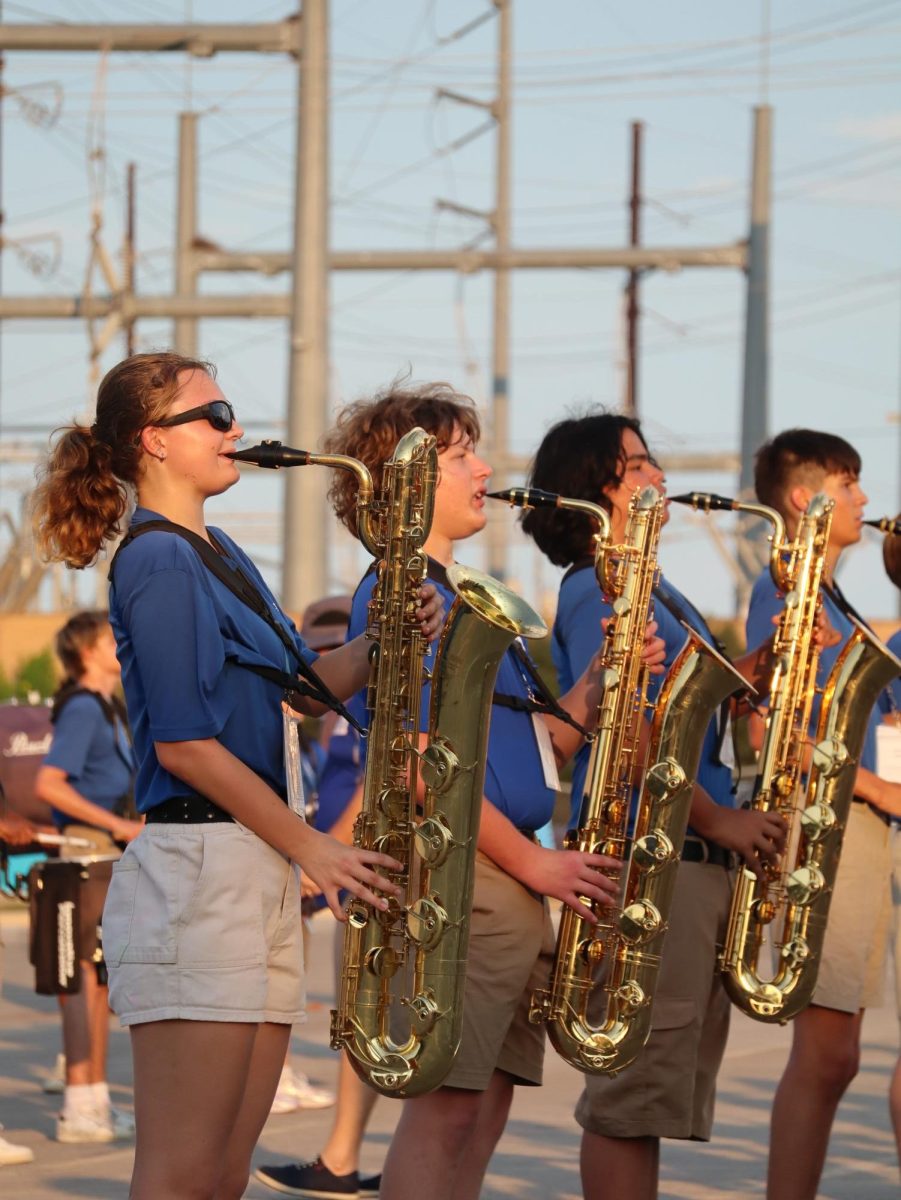


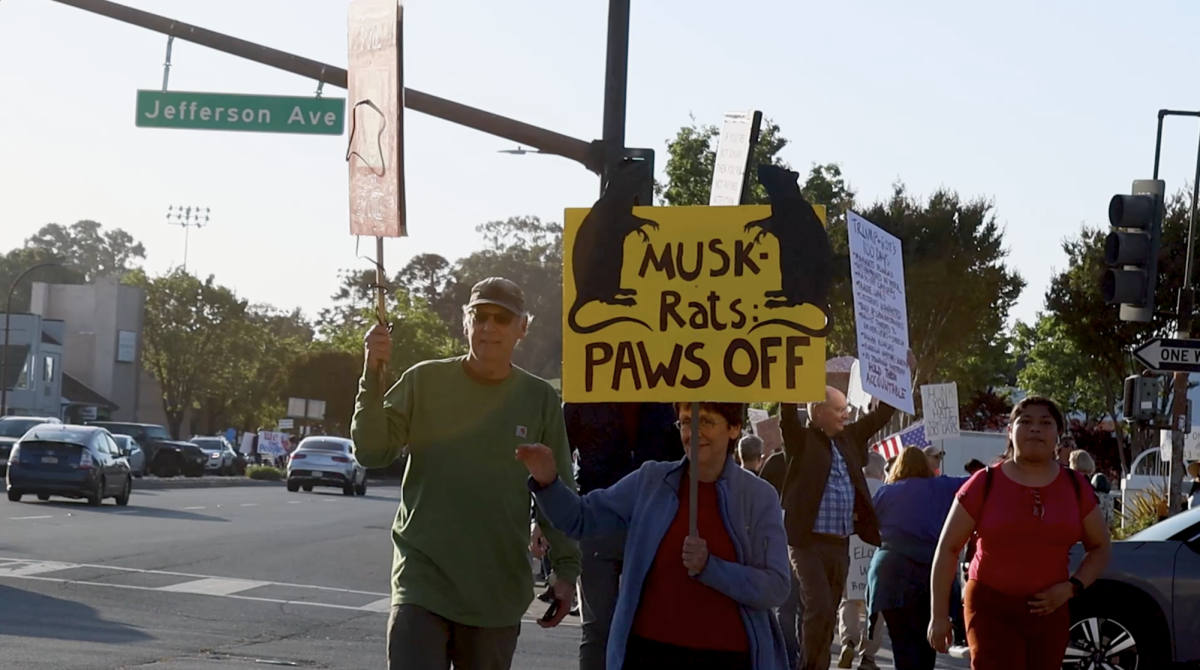
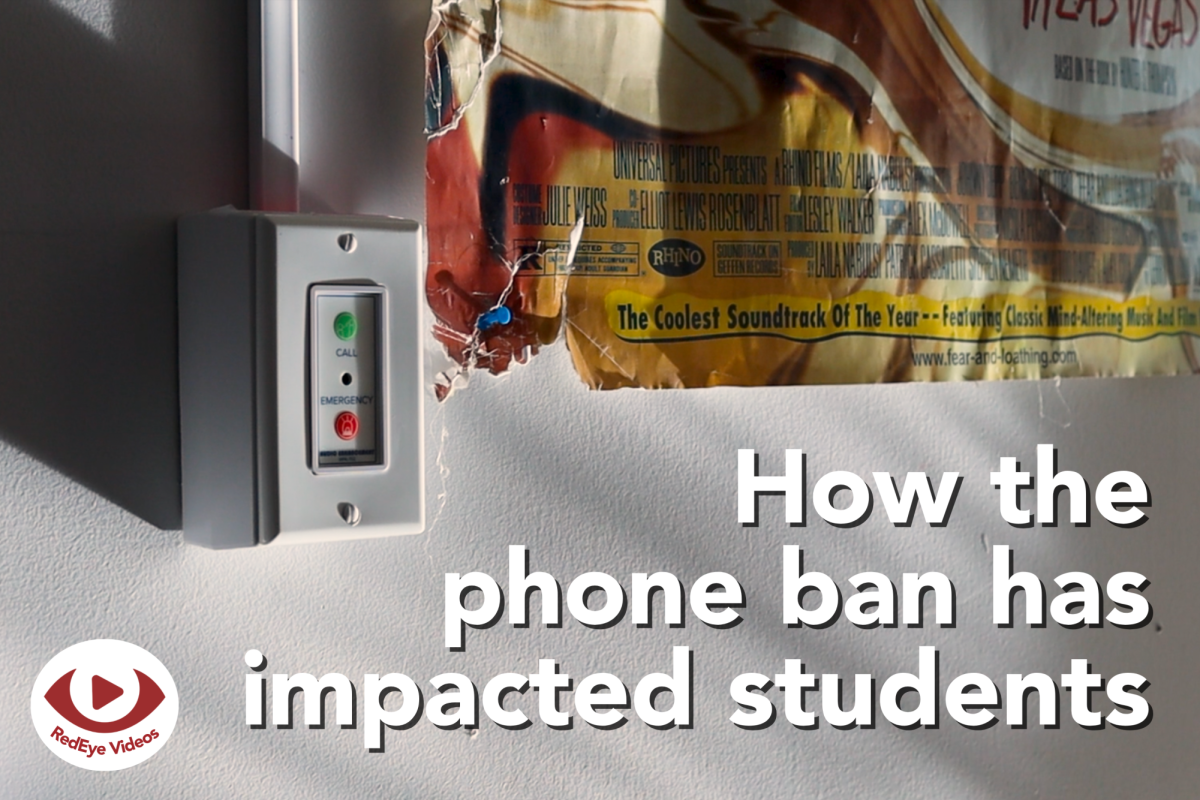
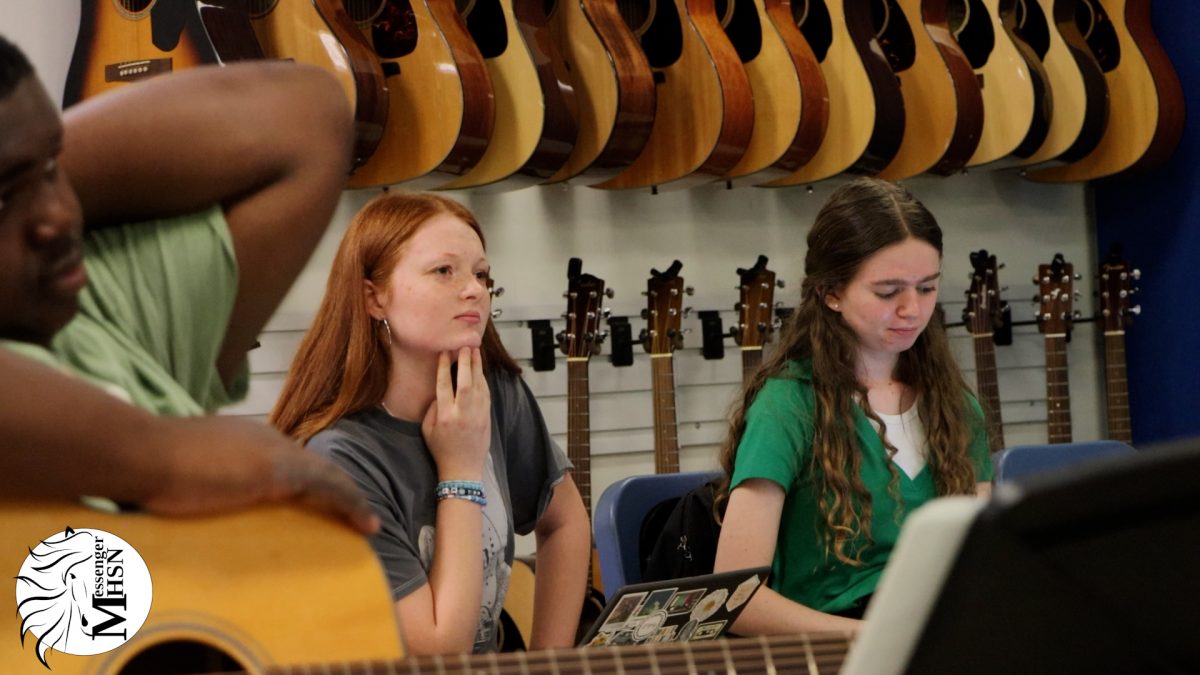
![Cultural and socioeconomic barriers prevent many Asian Americans from seeking help for mental health issues. Alumna and emeritus Mental Health Awareness Club President Rachel Bhagat, who has worked with many Asian immigrants and refugees, notices clear benefits of mental health care in daily life. “Seeking out mental health care is extremely important for everyone. Regularly seeing someone to talk to about your mental health helps prevent or makes it easier to navigate mentally stressful [or] harmful situations,” Bhagat said.](https://bestofsno.com/wp-content/uploads/2023/11/unnamed-24.png)